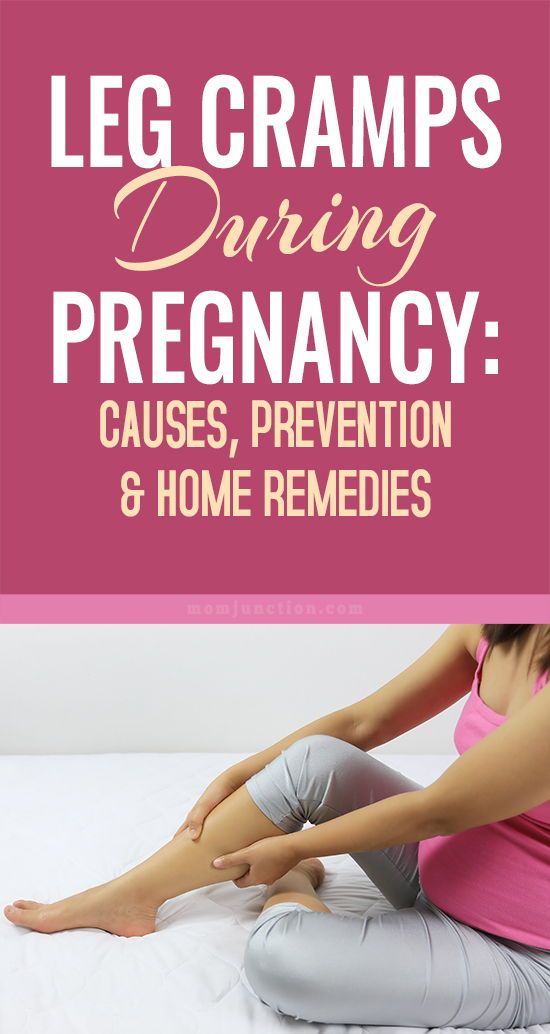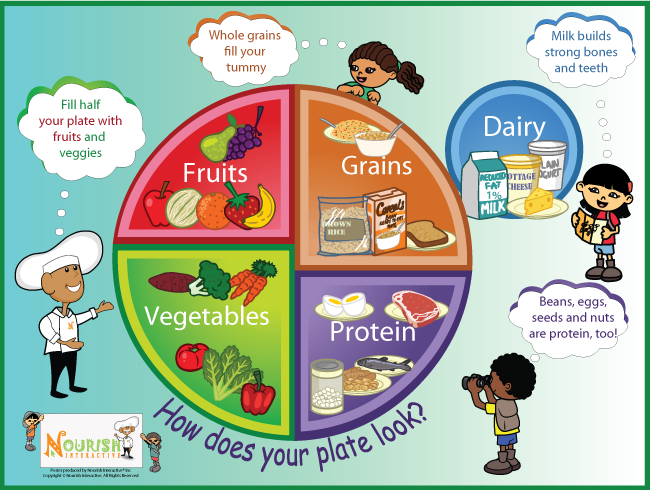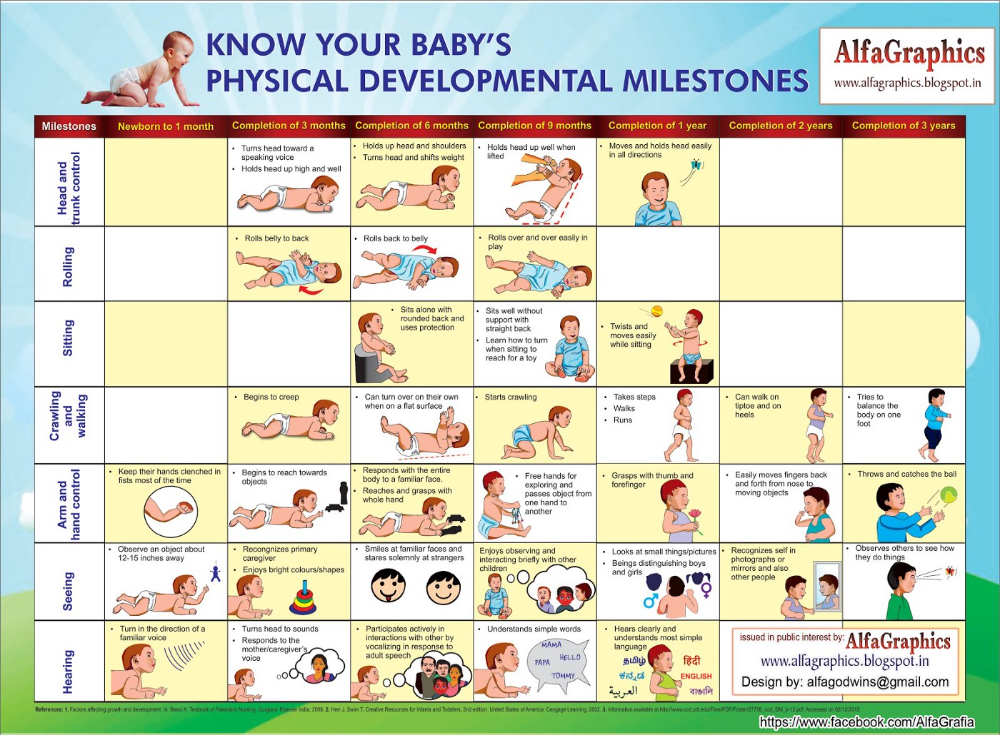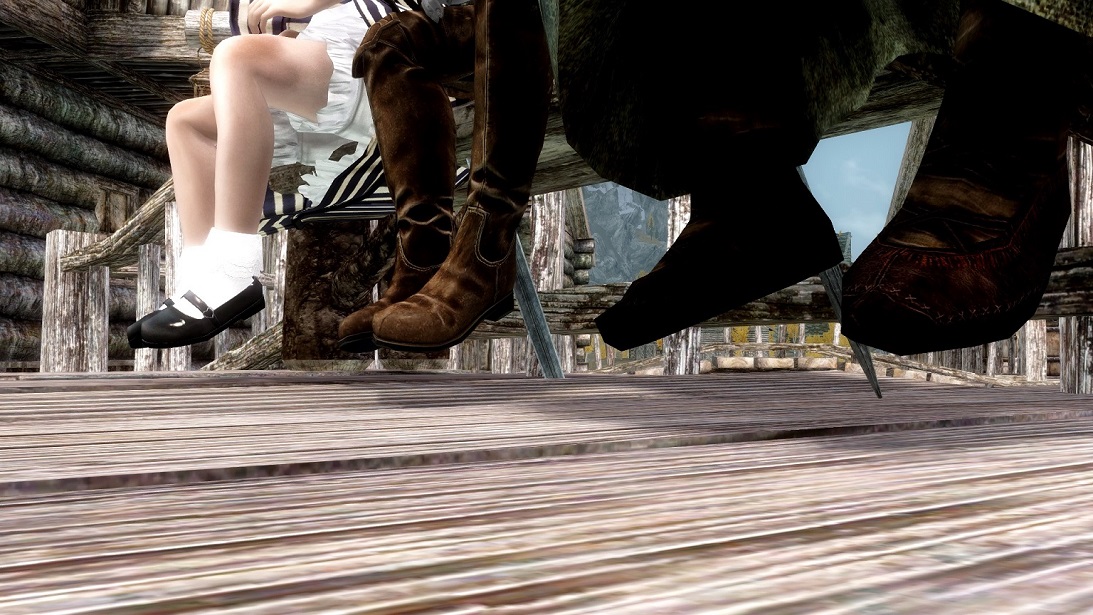Where do pregnancy cramps occur
Pregnancy Cramps: What They Mean and When to Worry
When you’re pregnant, your body undergoes many changes as it makes room for your little one (or two or more!). While some of these changes may be no big whoop, others, particularly things like cramping, can have you quickly searching Google for their causes.
While some mild pregnancy cramps are a normal symptom of your ever-expanding body, other cramps could indicate a serious problem. Pregnancy cramps can give many women anxiety, so it’s important to know the common reasons for their occurrence and what you should do about them.
We asked Srijaya Soujanya Nalla, MD, an OBGYN at Banner Health Clinic in Loveland, CO, to help explain the normal causes for cramping, abnormal causes and treatment recommendations for both.
[However, if you’re experiencing severe cramping with or without bleeding, stop reading this article and call your doctor immediately.]
What’s considered normal cramping during pregnancy?
“Early on in your pregnancy, it’s natural to feel some mild cramping in your lower abdomen at infrequent times as your body prepares for your growing baby,” Dr. Nalla said.
As your belly grows, so does your uterus. This may cause you to feel some slight pulling, tugging or stretching similar to menstrual cramps.
“Later in your pregnancy, you may experience some mild lower abdominal discomfort due to the tightening of your uterus. These are normal as long as they occur in irregular intervals and subside on their own,” Dr. Nalla said. “A common cause later in pregnancy is due to round ligament pain, a muscle that supports the uterus. As it stretches, it can cause some mild aches and pains.”
Other causes for mild cramping include:
- Implantation bleeding
- Gas, bloating and constipation
- Sex
- Exercise
- Braxton Hicks contractions
What should I do for mild cramping while pregnant?
Time your cramps to see how regular they are and how often you feel them. “As long as they don’t fall into the abnormal category, there are some things that you can do to make them better,” Dr. Nalla said. Some of these activities include:
Nalla said. Some of these activities include:
- Rest: Try to sit, lie down or change positions.
- Soak in the tub: Take a warm soak in the tub or a warm shower.
- Take some acetaminophen: Products like Tylenol are commonly used by pregnant women for pain and fever but talk to your health care provider first.
- Practice deep breathing: Use relaxation techniques such as meditation, yoga or controlled breathing.
- Stay hydrated: Pregnant women need 50 percent more water. Keep a bottle of water on hand wherever you go.
When should I be concerned about cramping during pregnancy?
While cramping can be common, there are some serious causes of abdominal pain you shouldn’t ignore.
“Any cramping that is severe in intensity, occurs at regular intervals and progressively gets worse with time is abnormal,” Dr. Nalla said. “In addition, any amount of cramping associated with vaginal bleeding, increased/watery discharge, or pelvic pressure is not normal either.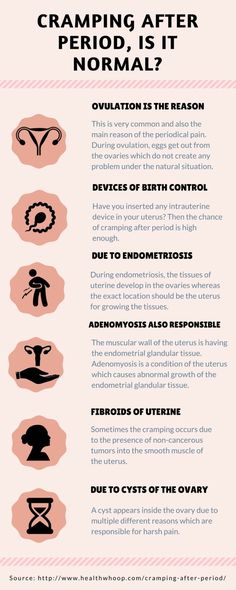 ”
”
Some causes for abnormal cramping may be due to:
- Ectopic pregnancy
- Miscarriage
- Preeclampsia
- Bladder infection or urinary tract infection
What should I do if I’m concerned about the cramping?
It’s normal to experience some mild cramping during pregnancy, but always speak with your health care provider if you are ever concerned or are experiencing the above warning symptoms.
“In some cases, an ultrasound can be done to help determine the cause for severe cramping,” Dr. Nalla said. “Sometimes severe cramping can be the first sign of an ectopic pregnancy or a miscarriage. Other times, it could be non-pregnancy related issues like a bladder infection or constipation which are quite common in pregnancy.”
When it comes to your health and the health of your baby, it’s better to err on the side of caution and talk to your health care provider.
You can find a Banner Health specialist near you by visiting bannerhealth.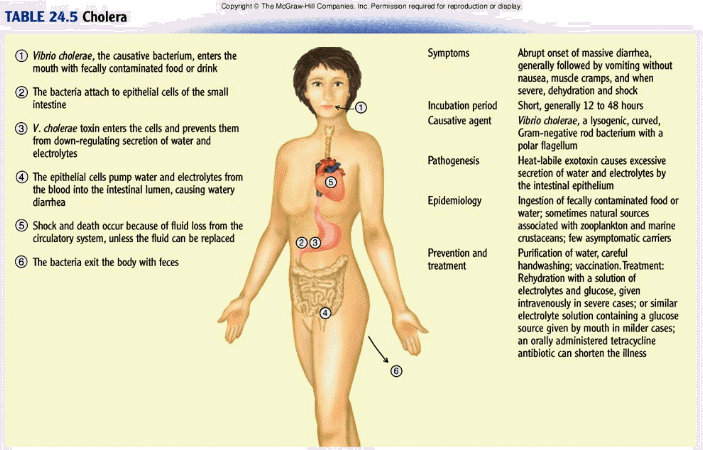 com or for general pregnancy-related questions, you can call the Banner Health Nurse Now at 844-259-9494 for free, 24/7 medical advice.
com or for general pregnancy-related questions, you can call the Banner Health Nurse Now at 844-259-9494 for free, 24/7 medical advice.
Related Pregnancy Articles:
- Is a Headache During Pregnancy Something to Worry About?
- If You’re Expecting and Your Hands and Feet Itch, It Could Be Cholestasis
- Expect the Unexpected: How Your Body Changes During Pregnancy
- Prenatal Screenings and Tests: What to Expect Every Trimester
- Driving While Pregnant: Common Questions Answered
Women's Health Pregnancy
Join the Conversation
How to recognize the difference
We include products we think are useful for our readers. If you buy through links on this page, we may earn a small commission. Here’s our process.
Implantation cramping may be an early sign of pregnancy. Understanding the causes and key differences between implantation cramps and period cramps will help people to recognize them.
Implantation cramping is a type of pain sometimes experienced when a fertilized egg attaches itself to the lining of the uterus. This process is called implantation. Cramping sometimes occurs when this happens, but it does not always cause pain.
Anyone experiencing implantation cramps should avoid taking some anti-inflammatory medications, such as aspirin. This is because taking anti-inflammatory medicines around the time of conception might increase the risk of miscarriage, according to a 2003 study.
Share on PinterestCramping sometimes occurs when a fertilised egg attaches itself to the uterus lining.Implantation cramps are not the same as period or menstrual cramps.
Menstrual cramps happen during a period, which occurs approximately once every 28 days, so long as there is no pregnancy.
Menstrual cramps happen when the uterus contracts to expel its lining.
Substances called prostaglandins trigger the uterine muscles to contract.
Prostaglandins are associated with pain and inflammation. This process may cause cramping.
This process may cause cramping.
Not everyone gets implantation cramps and bleeding when they first become pregnant.
One-quarter of participants in a 2010 study reported bleeding in their first trimester. Only 8 percent of those had heavy bleeding.
28 percent of those that had spotting and light bleeding also reported pain. 54 percent of those with heavy bleeding also experienced pain.
Not everyone has cramps during implantation. And for those that do, the cramps may be mild or moderate.
Some describe the sensation as:
- pricking
- pulling
- tingling feeling
This can help differentiate it from a menstrual cramp.
It is unusual to have intense cramping pain during implantation, so anyone who experiences painful cramping between periods should be assessed by a doctor.
Implantation tends to happen 6 to 12 days after ovulation when pregnancy occurs. This is about the same time that a person would usually expect a period to start.
If an egg has been fertilized, the body prepares the uterus lining to receive and protect the egg.
Some light bleeding or spotting may accompany implantation cramping. This is called implantation bleeding and is lighter than a regular period.
Share on PinterestSigns of early pregnancy may include extreme tiredness, headaches, and raised body temperature.
Implantation cramping or bleeding may be an early sign of pregnancy.
It is easy to mistake period cramping or a light period for symptoms of implantation.
Because of the similarity of symptoms between menstruation and implantation, it helps to know the other early signs of pregnancy.
Other early signs of pregnancy include:
- swollen, tender, heavier, or fuller breasts
- extreme tiredness
- feeling sick or vomiting
- food aversions or cravings
- headaches
- constipation
- mood swings
- feeling tearful
- dizziness or faintness
- raised body temperature
- missed period
If someone thinks they are pregnant, it is a good idea to take a home pregnancy test.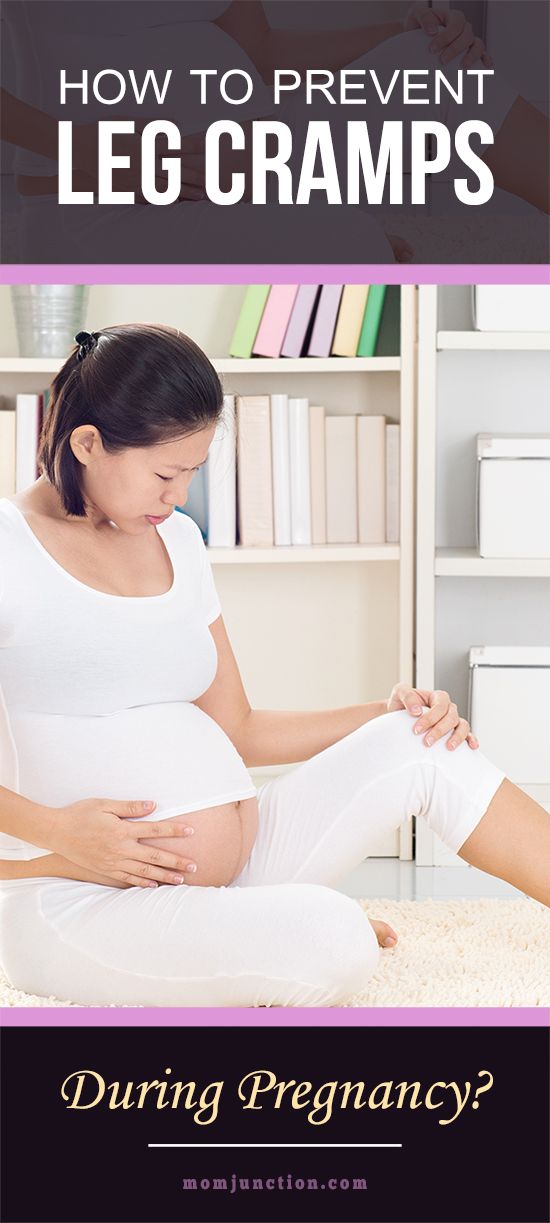 A good time to do this is 1 to 2 weeks after noticing the early signs of pregnancy. Pregnancy tests are available to buy in supermarkets, health stores, and online.
A good time to do this is 1 to 2 weeks after noticing the early signs of pregnancy. Pregnancy tests are available to buy in supermarkets, health stores, and online.
If a fertilized egg has implanted into the uterus wall, the body will already have started to form the placenta. In this situation, the pregnancy hormone, human chorionic gonadotropin (hCG), begins to rise.
Around 2 weeks after implantation, hCG levels will be high enough for a pregnancy test to be positive.
If the pregnancy test is positive, the next step is to make an appointment with a doctor. The doctor can confirm whether the home test is correct.
Anyone who already knows they are pregnant and is experiencing heavy bleeding or cramping should speak to a doctor. These symptoms may indicate a problem with the pregnancy.
Sometimes, individuals who are not pregnant may experience painful cramping or bleeding in between periods. If this occurs, it is a good idea to discuss the issue with a doctor.
Implantation cramping and light bleeding may be an early sign of pregnancy. It is easy to mistake these symptoms as menstrual cramping or light bleeding.
For this reason, it is important to recognize the other early signs of pregnancy. However, these symptoms alone do not prove a pregnancy. Taking a home pregnancy test and having the results verified by a doctor is the best way to confirm pregnancy.
Once a pregnancy is confirmed, individuals can consider the option of continuing with the pregnancy. A person can discuss all options with a doctor.
Interventions for leg cramps during pregnancy
What is the problem?
Leg cramps manifest themselves as sudden, intense involuntary contractions of the leg muscles. This is a common problem during pregnancy, especially in the third trimester. They are painful and can interfere with daily activities, disrupt sleep, and reduce quality of life. Various types of interventions are used to treat leg cramps during pregnancy, including medications, electrolytes (magnesium, calcium, sodium) and vitamins, as well as non-drug therapies such as muscle stretching.
Why is this important?
The aim of this review was to find out which treatment for leg cramps during pregnancy is effective and safe.
What evidence did we find?
In September 2019, we searched for evidence and identified eight randomized controlled trials in 576 women 14 to 36 weeks pregnant comparing magnesium, calcium, calcium with vitamin D or B vitamins versus placebo or no treatment, and compared vitamin C with calcium. All drugs were given as tablets to chew or swallow.
Magnesium supplements may reduce the incidence of leg cramps in women compared with placebo or no treatment, although studies have not been consistent. Different studies have assessed the effect of magnesium supplementation differently. Some studies have shown magnesium to help reduce the incidence of leg cramps, while others have shown little or no effect.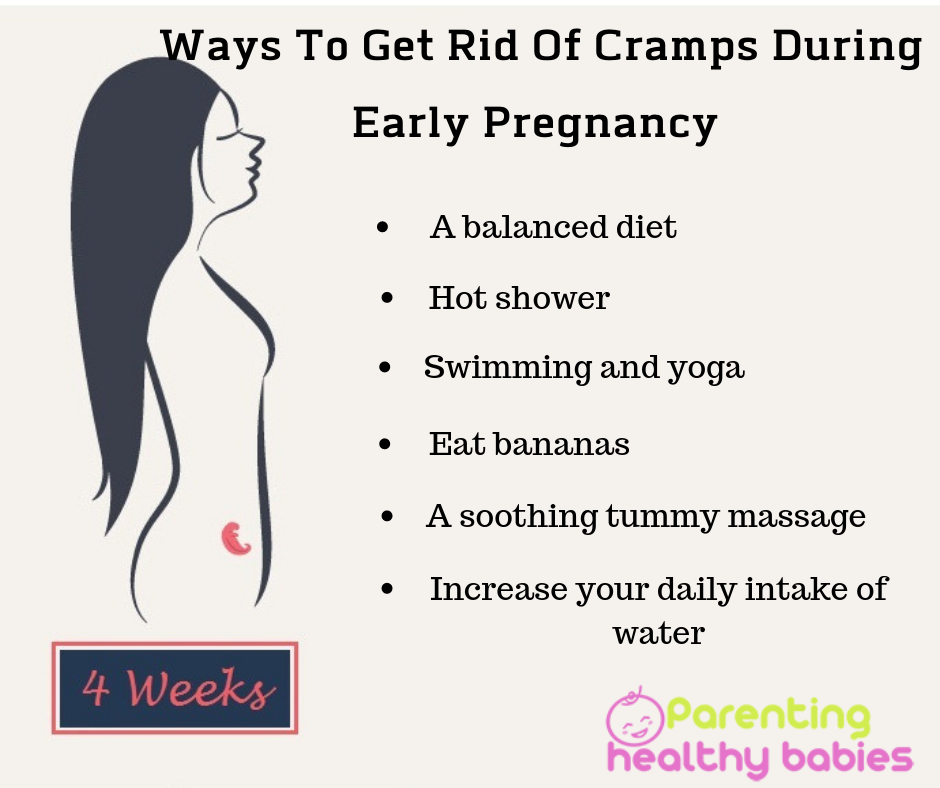 Data on the effect of magnesium on pain reduction was also inconclusive, with only one study showing a reduction in pain intensity, while others showed no difference. Differences in the occurrence of side effects such as nausea and diarrhea were negligible or non-existent.
Data on the effect of magnesium on pain reduction was also inconclusive, with only one study showing a reduction in pain intensity, while others showed no difference. Differences in the occurrence of side effects such as nausea and diarrhea were negligible or non-existent.
Calcium did not always reduce the incidence of leg cramps in women after treatment compared to those who did not receive any treatment. It also found that the evidence was of very low quality, so we cannot be sure of the results.
More women who received B-vitamin supplements made a full recovery compared to those who received no treatment; however, these results were based on a small sample size and the study had design limitations.
Frequency of leg cramps did not differ between women receiving calcium and women receiving vitamin C. with placebo.
What does this mean?
The quality of the evidence was low to very low. This was mainly due to small study sample sizes and study design weaknesses.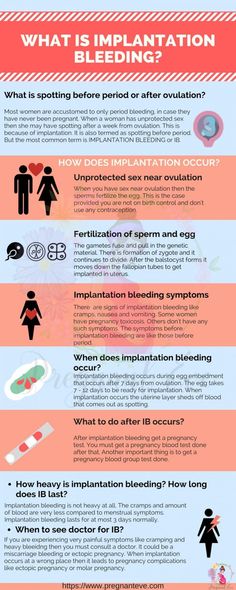 Four studies were well-conducted and presented their reports. The remaining four had flaws in their design: in several studies, women were not best assigned to different treatment groups, and in two studies, women knew whether they were receiving treatment or not. Adverse effects, such as the effect of treatment on complications of pregnancy, childbirth and child, were not reported. Several studies have focused primarily on serum calcium and magnesium levels. The frequency and intensity of seizures and duration of pain were not uniformly reported, and there was often no information on whether they were assessed during treatment, at the end of treatment, or after treatment was discontinued.
Four studies were well-conducted and presented their reports. The remaining four had flaws in their design: in several studies, women were not best assigned to different treatment groups, and in two studies, women knew whether they were receiving treatment or not. Adverse effects, such as the effect of treatment on complications of pregnancy, childbirth and child, were not reported. Several studies have focused primarily on serum calcium and magnesium levels. The frequency and intensity of seizures and duration of pain were not uniformly reported, and there was often no information on whether they were assessed during treatment, at the end of treatment, or after treatment was discontinued.
It is not clear from the evidence reviewed whether any oral interventions (magnesium, calcium, calcium with vitamin D, B vitamins, vitamin D, or vitamin C) are an effective and safe treatment for leg cramps during pregnancy. Supplements can have different effects depending on how women usually take them.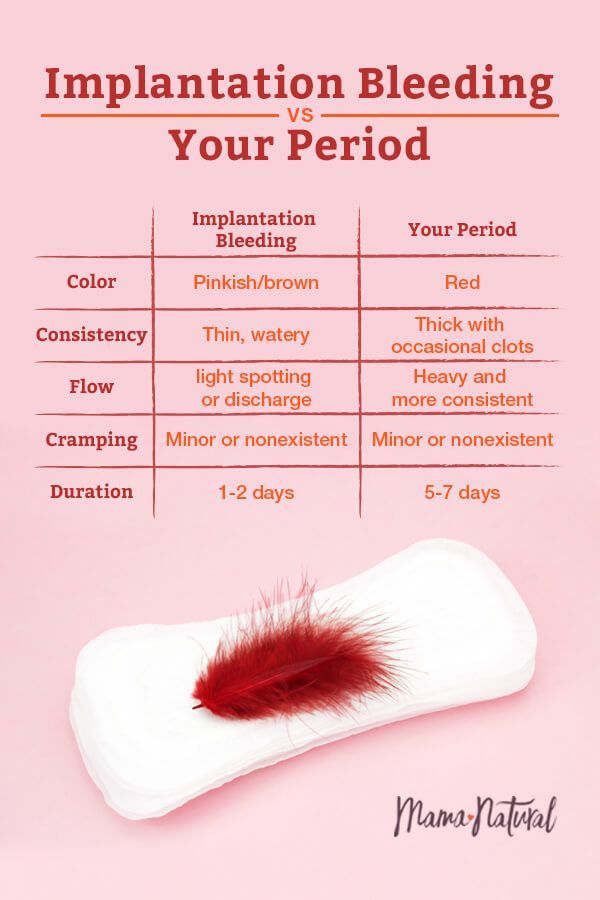 None of the trials looked at forms of treatment such as muscle stretching, massage, relaxation, or heat therapy.
None of the trials looked at forms of treatment such as muscle stretching, massage, relaxation, or heat therapy.
Translation notes:
Translation: Luzan Maria Alexandrovna. Editing: Yudina Ekaterina Viktorovna. Russian translation project coordination: Cochrane Russia - Cochrane Russia, Cochrane Geographic Group Associated to Cochrane Nordic. For questions related to this transfer, please contact us at: [email protected]
〚 Why do pregnant women have cramps at night and should I be worried about it? 〛|| Blog BABYSTART
March 13, 2020
Pregnancy is a natural state for a woman. However, her body at this time is subject to increased stress, which sometimes causes various ailments. These include leg cramps, which disturb the expectant mother, as a rule, during a night's sleep. Why they arise and whether it is worth sounding the alarm, let's look at this article.
Spasm - a sharp and painful spasm of a muscle (or a series of contractions).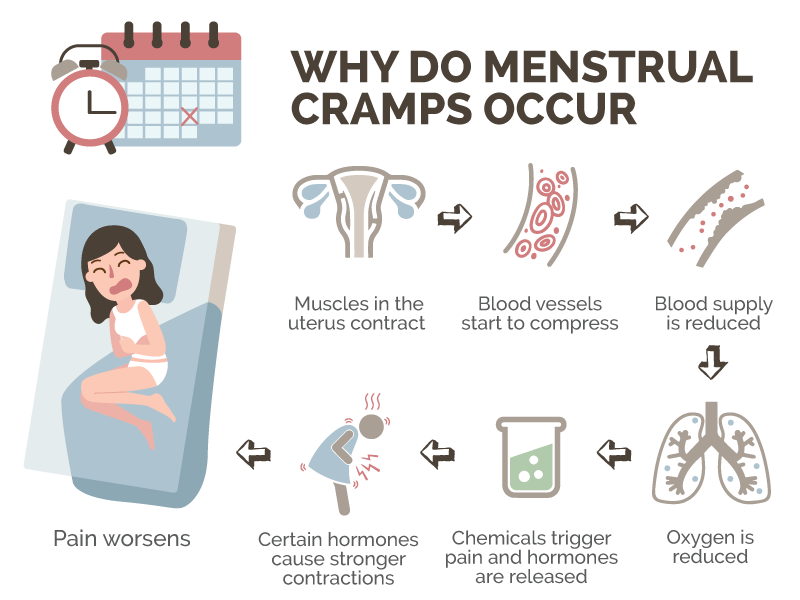 It comes suddenly and does not depend on the will of man. Everyone has experienced this phenomenon at least once in their life, but especially pregnant women experience convulsions. Leg cramps at night, usually in the calf muscle. A spasm can portend a feeling of heaviness or fullness in the leg.
It comes suddenly and does not depend on the will of man. Everyone has experienced this phenomenon at least once in their life, but especially pregnant women experience convulsions. Leg cramps at night, usually in the calf muscle. A spasm can portend a feeling of heaviness or fullness in the leg.
This causes pain, the nature of which can be called aching. Localization of convulsions - in the place of the greatest rigidity of the muscle. It does not last long - as a rule, no more than two minutes, but the woman feels quite significant discomfort. After the experience of pain, she often cannot sleep.
Why muscle contractions occur
During pregnancy, a number of factors can contribute to the occurrence of leg cramps at night:
- Slowing of blood circulation at night.
- Accumulation of lactic acid in the muscles during the day, which provokes cramps in the calves when they relax.
- Decreased hemoglobin. When there are few red blood cells in the body, muscle fibers do not receive enough oxygen, and, in addition to convulsions, a pregnant woman often experiences bouts of weakness and dizziness.
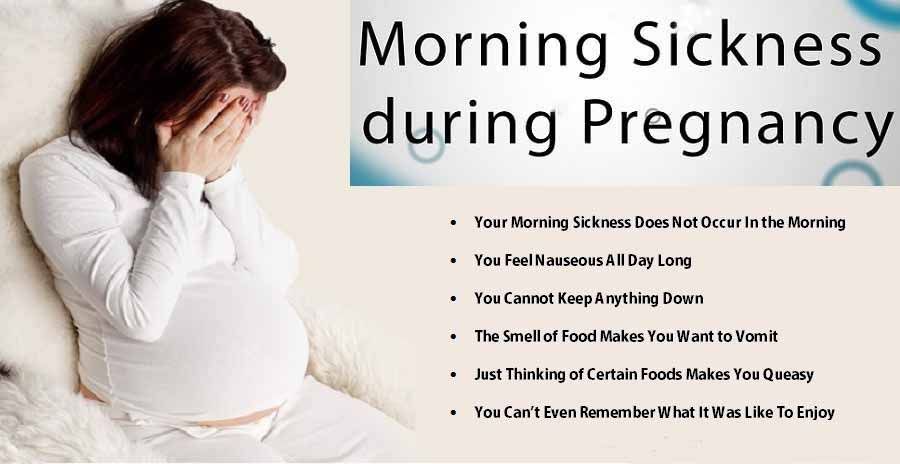
- Increased load on the lower limbs, which is often noted in the later stages. The problem is exacerbated by wearing tight, uncomfortable clothes and shoes with heels, prolonged stay on the feet due to the profession.
- Insufficient fluid intake in the body. This happens not only because a woman drinks little water. Overheating in the sun, drinking coffee, alcohol and nicotine can lead to dehydration. As a result, toxins settle in the muscles and can cause them to contract involuntarily.
- Excessive compression of the inferior vena cava by the growing uterus, which occurs if the expectant mother often sleeps on her back. The muscles of the legs suffer from oxygen starvation, to which they react with repeated convulsions.
- Deficiency of important vitamins and microelements, primarily potassium, calcium and magnesium, vitamin B6. At the same time, a pregnant woman has concomitant symptoms - brittle nails, hair loss, dental caries, problems with stools, chronic fatigue and depression.
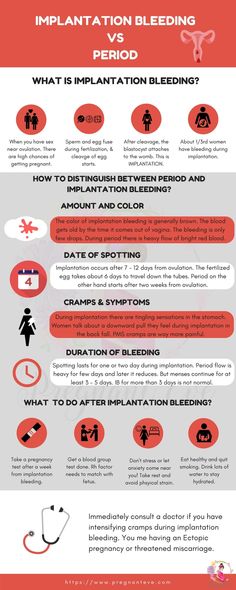
- Varicose veins. This, unfortunately, is a frequent companion of pregnancy. Often, the disease first manifests itself or worsens precisely during the period of bearing a child. Cramps in the calf muscles in this case are caused by circulatory disorders.
- Changes in blood sugar levels. If a woman eats irregularly, and eats rarely and in large portions, then the concentration of glucose in the blood will constantly change dramatically, which is fraught with convulsions.
When you need to see a doctor immediately
Most often, leg cramps in pregnant women are a common occurrence and do not mean any pathology. However, there are cases when they indicate serious health problems, such as:
- Eclampsia. This is the most severe form of late pregnancy toxicosis. It is expressed by a dangerous increase in pressure, threatening the life of both the mother and the fetus. Convulsions in eclampsia are accompanied by numbness of the legs and their pronounced edema.



